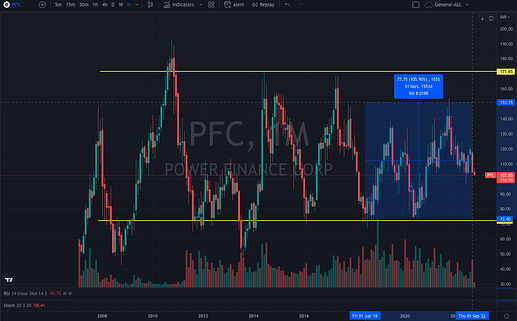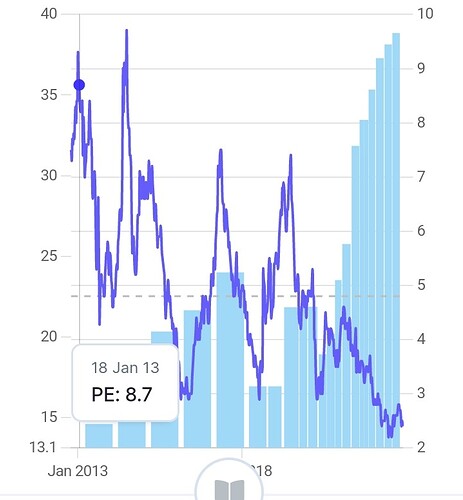Hello All,
Hope everyone is having a great day.
I did not find a thread on Dividend Reinvesting in India for long term and so decided to create one. Moderators kindly delete this thread if there is one already.
I have completed a few books about Investing viz. The Intelligent Investor, Stocks for the Long Run, One Up On Wall Street, The Future for investors by Jeremy Siegel etc.
All of these stocks especially The Future for investors by Jeremy Siegel recommend strongly dividend reinvestment and investing in stocks which pay dividends.
I have noted that Benjamin Graham in his book The Intelligent Investor does point out that one must not invest in stocks only for dividends and I also agree that Peter Lynch leans more towards growth stocks. Noteable is also the company Berkshire Hathway which does not pay dividends, but they do seem to be invested in companies which pay dividend. But I did watch a video where Charlie Munger and Warren Buffet speak quite positively about tobacco stocks when asked about it. They say tobacco stocks which pay a good dividend are a good investment. In one more video they state that they did have the opportunity to invest in some good tobacco stock, but they decided to draw a line for ethical reasons.
The Future of investors by Jeremy Siegel emphasises very strongly on investing in companies which pay dividends. He goes as far as to say that dividend paying stocks must be preferred over high PE growth stocks because the dividend is constant and allows an investor to buy more and more of that stock compared to a highly valued growth stock.
In my mind there is no doubt that for the long term investing scenario and to create wealth over a long term buying good dividend paying companies and then reinvesting the dividends to buy more of the stock is one of the best and sustainable ways.
But what keeps nagging me is that none of these books consider the scenario in India. Here we do not have the option of Dividend Reinvestment Plan(DRIP). An investor has to pay tax on the dividends received and then buy stocks through the broker. This results in some significant/not so significant charges over the long term depending on the tax and the brokerage situations.
But on the average the investor will incur the following charges:
- Tax on the dividend
- Brokerage
- Tax/Stamp Duty on the stock purchases when reinvesting.
Due to this it would be really helpful for me and I am sure for a lot of others if seniors and experienced members or anyone can comment and advise on this. Is dividend reinvesting a good idea in India for long term (over 15 years) wealth creation ? Or do the transaction costs outweigh the returns?


